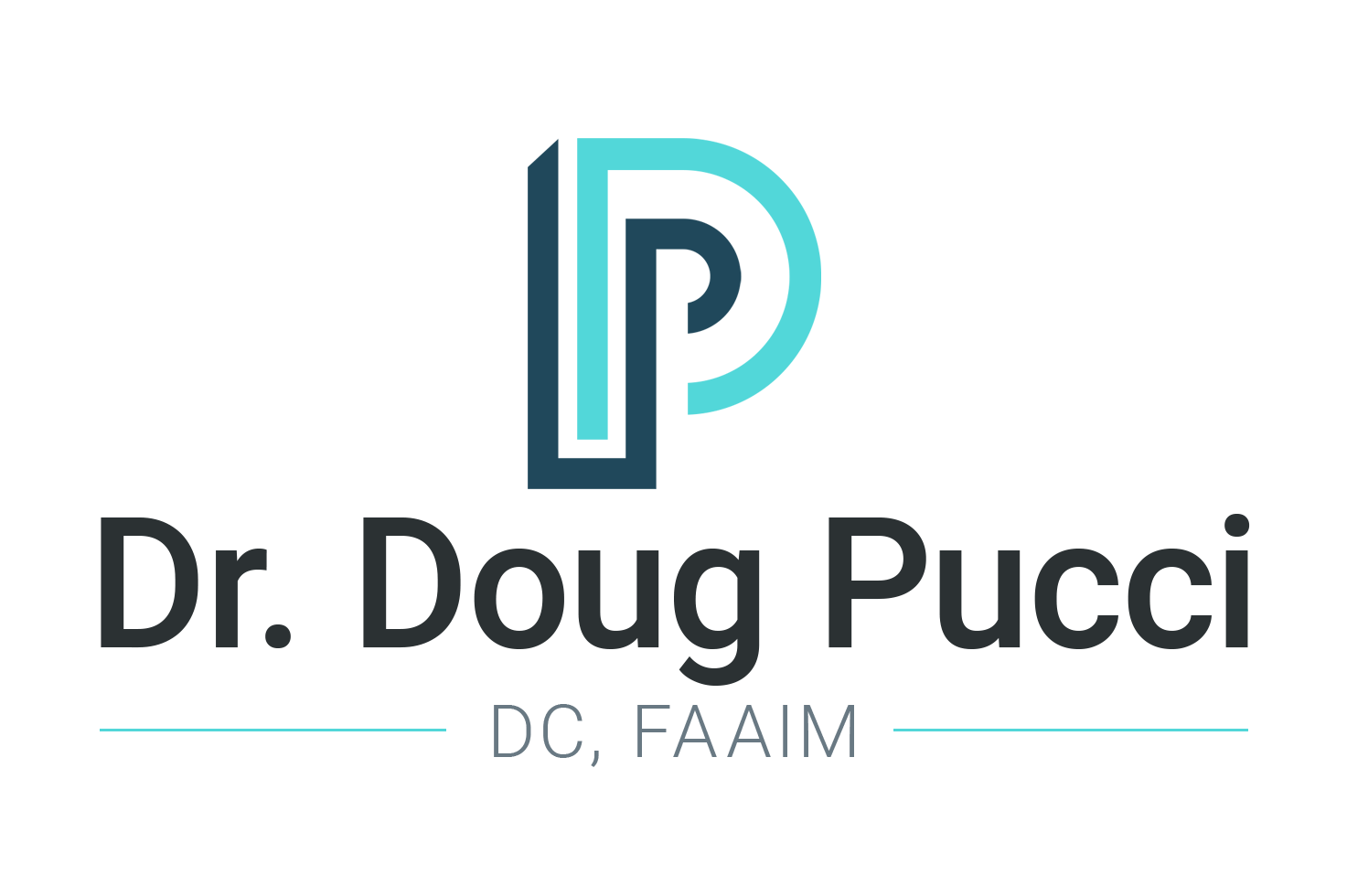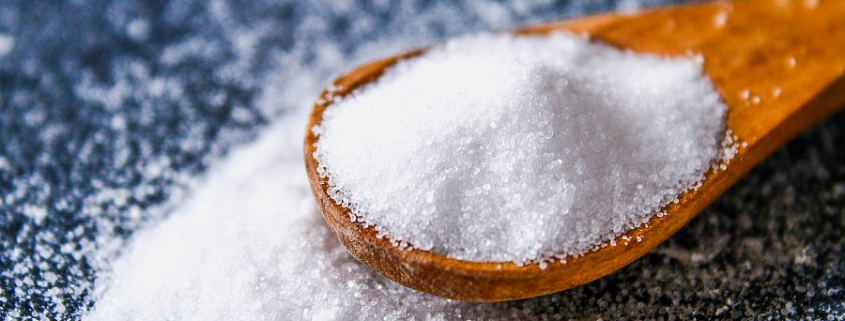'>Salt vs Sodium: Is Either One Healthy? The words "salt" and "sodium" have practically become synonymous, but they're not really the same thing.
When most people refer to salt, they’re talking about table salt, which contains 40 percent sodium and 60 percent chloride (a mineral). Both sodium and chloride are necessary to good health, but what’s not healthy is the excessive amounts of sodium—not always salt itself—contained in processed foods. Ingredients like monosodium glutamate (MSG), the preservative sodium nitrate, sodium phosphate, and many more all add hefty doses of unhealthy sodium to packaged foods.
The human body needs a certain amount of healthy sodium in order to function properly; the scales shouldn’t be tipped too far in either direction. Whereas the right amount of sodium intake helps to regulate blood pressure, promote sleep, and helps with brain, muscle and nerve functions (among other things), too much sodium can result in such health issues as high blood pressure, heart disease and diabetes.
There’s been a war raging against salt for years. It started as early as the turn of the 20th century but hit fever pitch in the 1970s. Salt as a whole has been demonized to the point that some people turned to low-sodium diets that actually harmed their health. Being sodium-deficient has been shown in some studies to cause increased insulin resistance, greater risk of death for those with diabetes or heart failure, an increase in triglycerides and LDL cholesterol, and hyponatremia (particularly for athletes and those on medications or with certain medical conditions).
Grow Your Knowledge of Functional Medicine
Sign up and receive instant access to The Root Cause Solution and begin your journey back to better health!
Sign upChoosing the right type of salt for good health is just as important as getting the right amount of sodium. Table salt comes from underground mines and undergoes heavy processing, during which it’s superheated, eliminating beneficial minerals and altering its chemical structure. Anti-clumping aluminum compound agents are then added to keep it free-flowing, and the salt is also bleached; in some other countries, fluoride is also added to table salt. Although iodine is added, which is necessary to maintain a healthy thyroid, that isn’t a reason to use table salt, since you can use a high-quality iodine supplement according to your functional medicine doctor’s recommendations.
Sea salt has been touted as being healthier than table salt, and largely speaking, it is. Rather than being superheated, the water from which it is extracted is evaporated, so the salt retains its high mineral content. But not all sea salt is equally healthy; there are a couple of things to take into consideration before you buy:
- Read the label to find out where the salt you’re buying has come from—some sources have pollution issues and salt from these waters should be avoided.
- Look for unrefined sea salt; Celtic (gray) and Himalayan sea salts are among the best, but check to see if the label lists any additives. Free-flowing, pure white sea salt may have been bleached and contain anti-clumping additives. If sources and/or ingredients aren’t on the label, see if you can find the source and ingredient information online. Typically, companies selling pure sea salt from clean waters are open with this information.
Unrefined sea salt can be found in a variety of colors and is coarse; it may also contain some of its naturally occurring moisture. The coloring, ranging from black to pink to gray, comes from the different types of natural minerals contained in the salt. Among the many benefits of unrefined sea salt are:
- Great source of electrolytes, which are important for muscle function and the cardiovascular system.
- Helps your body produce HCL (hydrochloric acid), essential to digestive health, and allows your body to absorb necessary minerals, vitamins and other nutrients from food.
- Balances fluids and helps you avoid dehydration—it’s only if you overdo your salt intake that your body will start to retain water.
Don’t be deterred by the courseness of unrefined sea salt—there are easy ways to prepare it for daily use. One simple way to turn coarse salt into a much finer texture is to grind it in an electric coffee grinder so you can quickly make it as fine as you like.
By avoiding the unhealthy salt used in packaged, processed and prepared foods and using unrefined sea salt in moderate amounts, you’ll maintain a healthy sodium balance and enjoy its positive health effects.
Dr. Doug Pucci is a functional medicine practitioner who was honored in 2020 to receive both The Best Of 2020 Awards for Functional Medicine in Oradell, NJ, and entry into Trademark Publications’ Who’s Who Directory, Honors Edition, for his pioneering work. He provides comprehensive testing for health biomarkers, advanced discovery into brain/body well-being and personalized nutrition for a diversity of people and symptoms.
For more information, call 201-261-5430 or visit GetWell-Now.com











